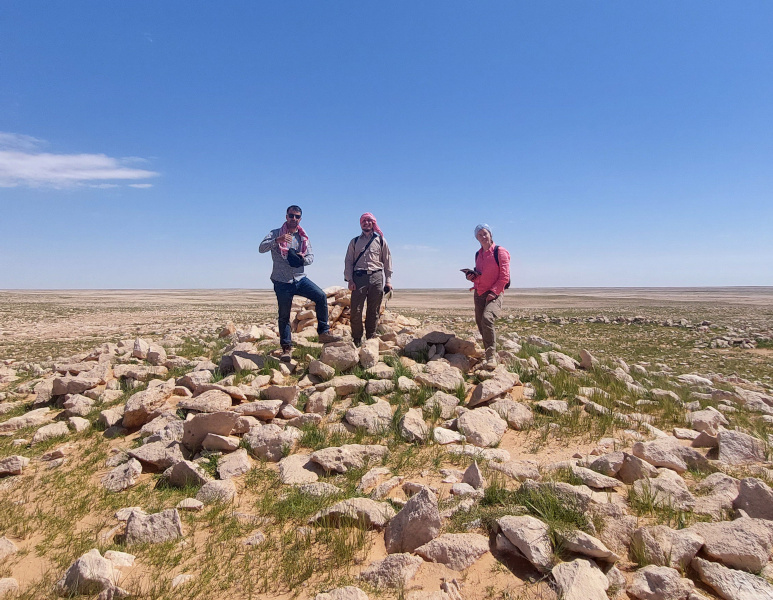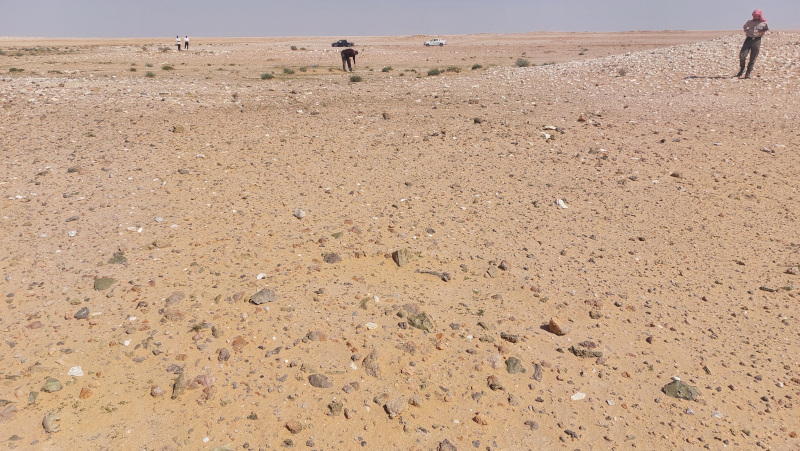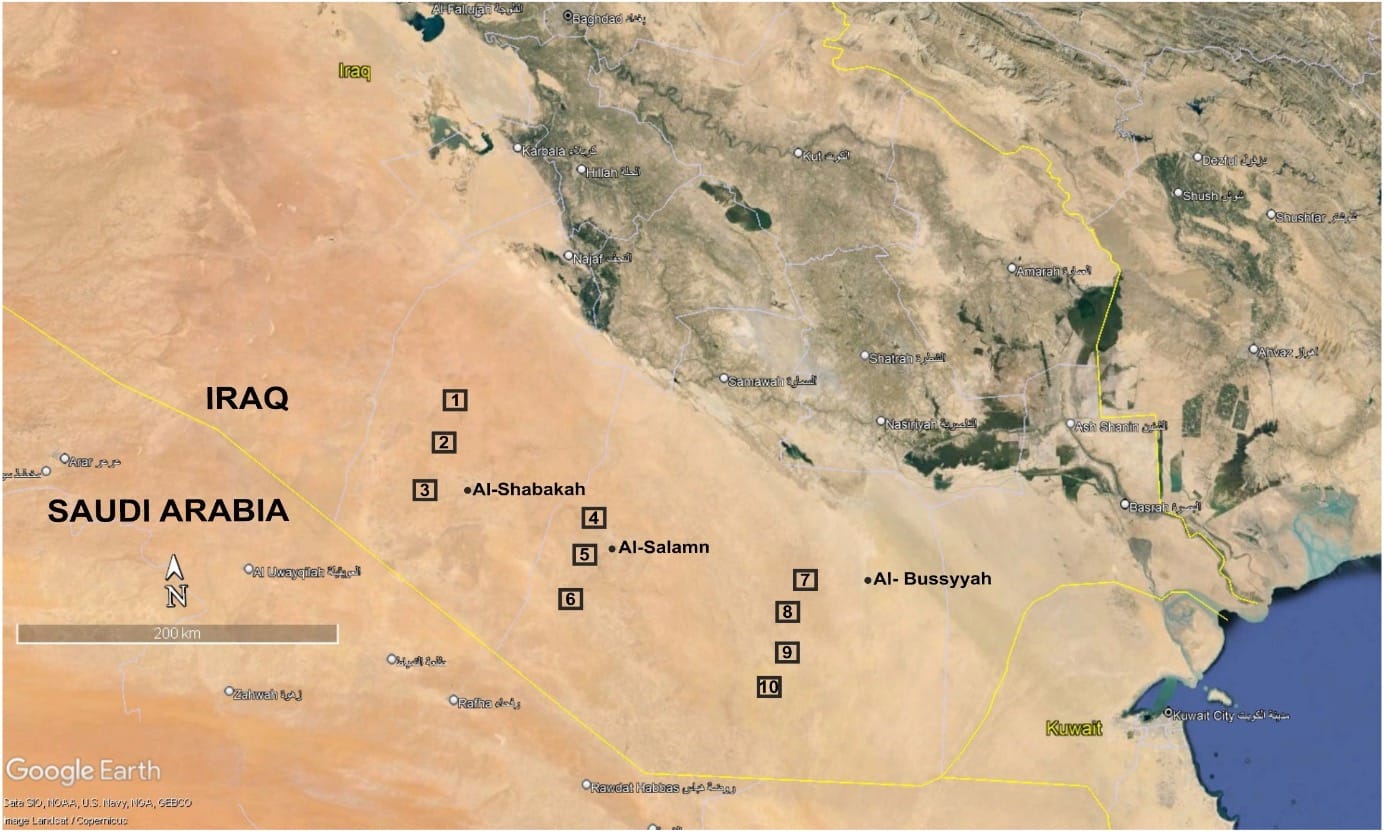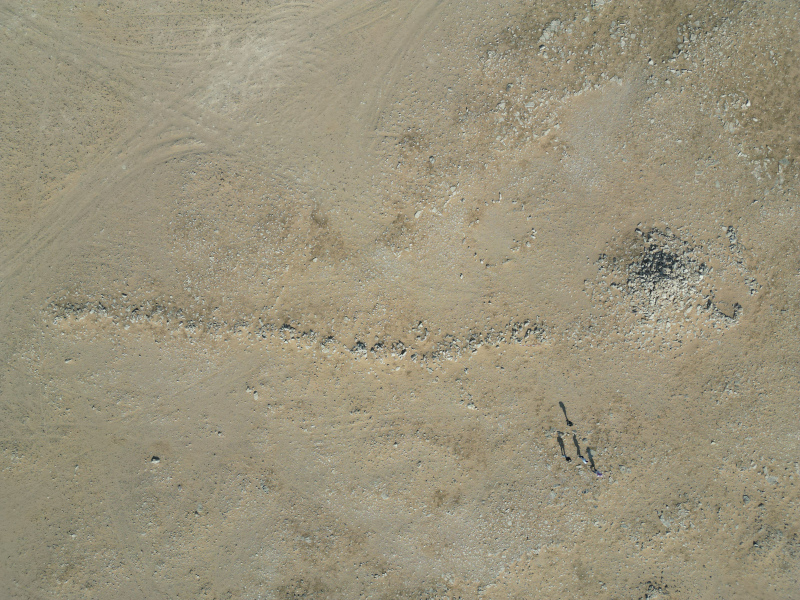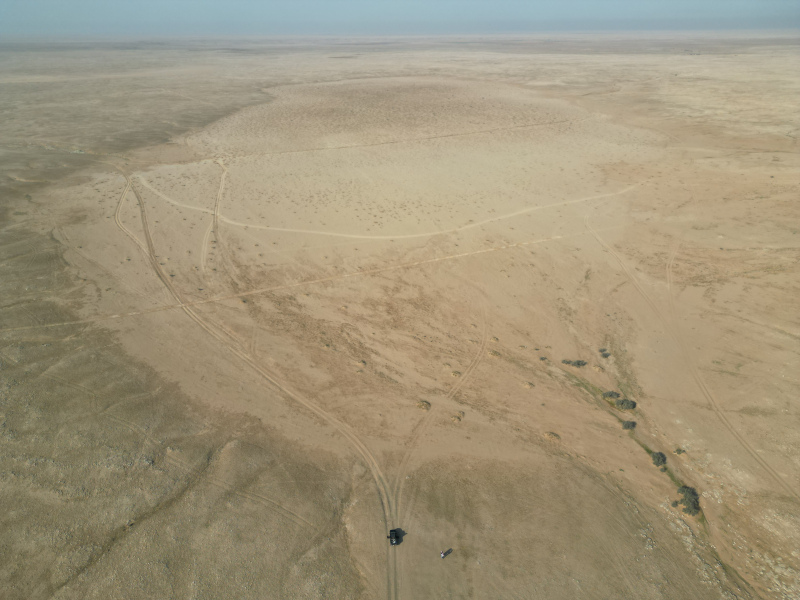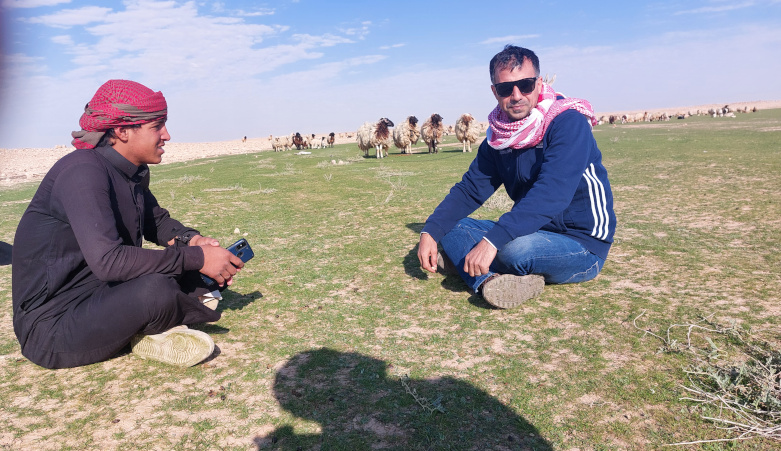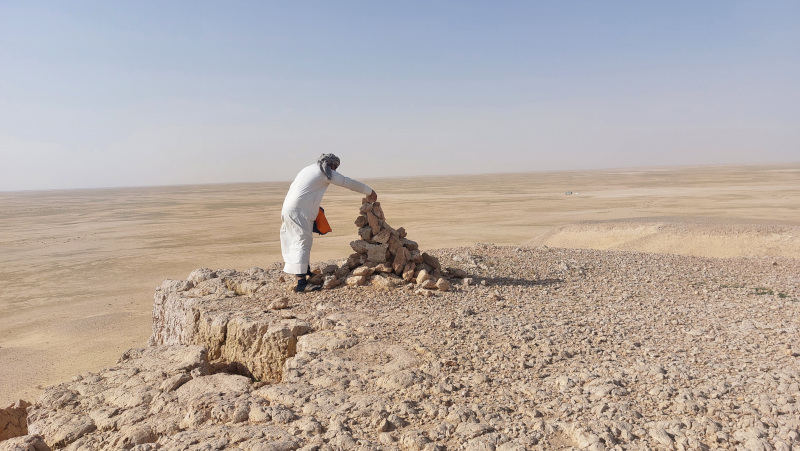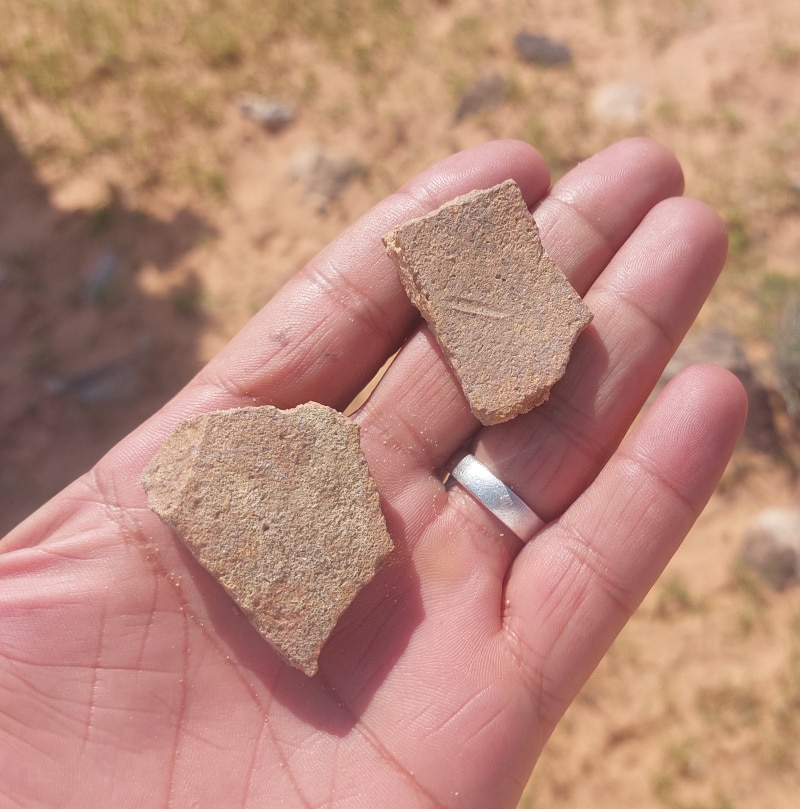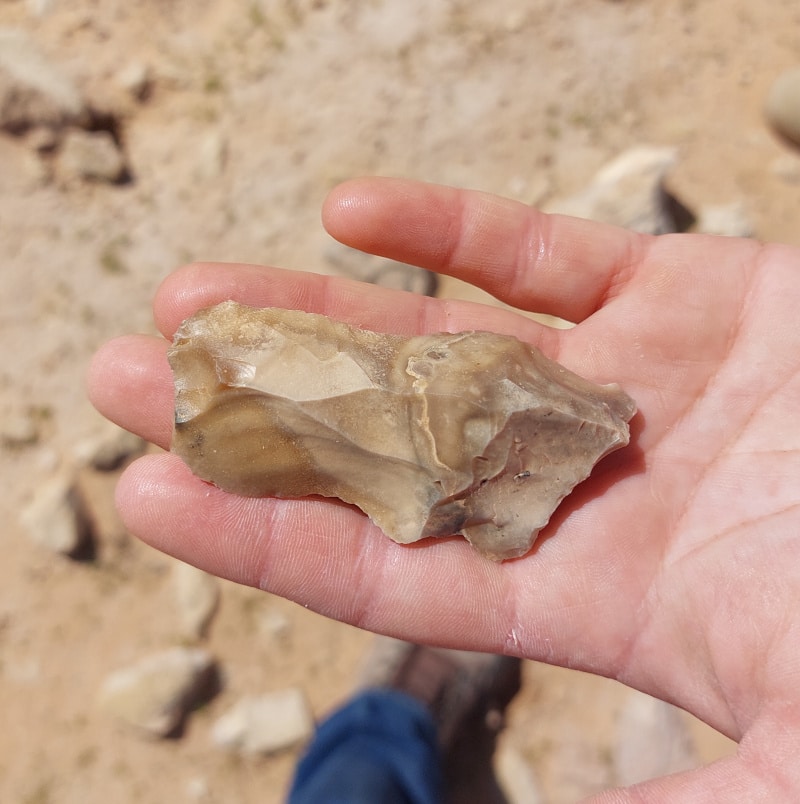
An Archaeological Survey of the Iraqi Western Desert
Dr. Jaafar Jotheri, Department of Archaeology, University of Al-Qadisiyah
The Iraqi Western Desert has finally been archaeologically surveyed. For decades, this part of Iraq was ignored by both local and international archaeologists. Most Iraqi and international projects focus on Mesopotamia’s floodplain, steppe, and mountains, but not its western desert. One side effect of this project, funded by an ASOR Mesopotamian Fellowship, is that the Iraqi Western Desert is now attracting more local and international researchers. Local postgraduate students have started to take archaeological projects in this area for their theses, and scholars have begun visiting the desert for potential future research projects. More importantly, the Iraqi Official Heritage Authorities have started to create new records and databases for the archaeological sites in this part of Iraq. This project has put the archaeology of this desert in the spotlight and sparked much interest in future research. The dissemination of every step of this project has helped other stakeholders follow its progress and wait with interest for its outcome.
The combination of research methods this project followed has benefited the Iraqi university students and staff. For example, 16 Iraqi students (from Al-Qadisiyah, Kufa, and ThiQar Universities) have been trained in the techniques of remote sensing and GIS to identify more archaeological sites in the desert. We managed to locate and map more than 300 potential sites (enclosures, pendants, and tombs-graves-burials) in the desert using systematic and inclusive remote-sensing surveys.
